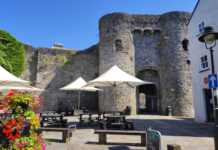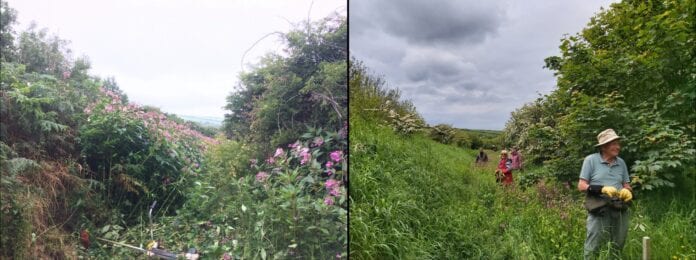
A Pembrokeshire Coast National Park Authority-run project to tackle invasive non-native species (INNS) has gathered momentum over the recent weeks, and the Authority is now asking members of the public for their support.
The Stitch in Time project began in 2015 with a pilot in the Cwm Gwaun catchment, and has since been extended across four other local catchments, as well as smaller sites across the National Park.
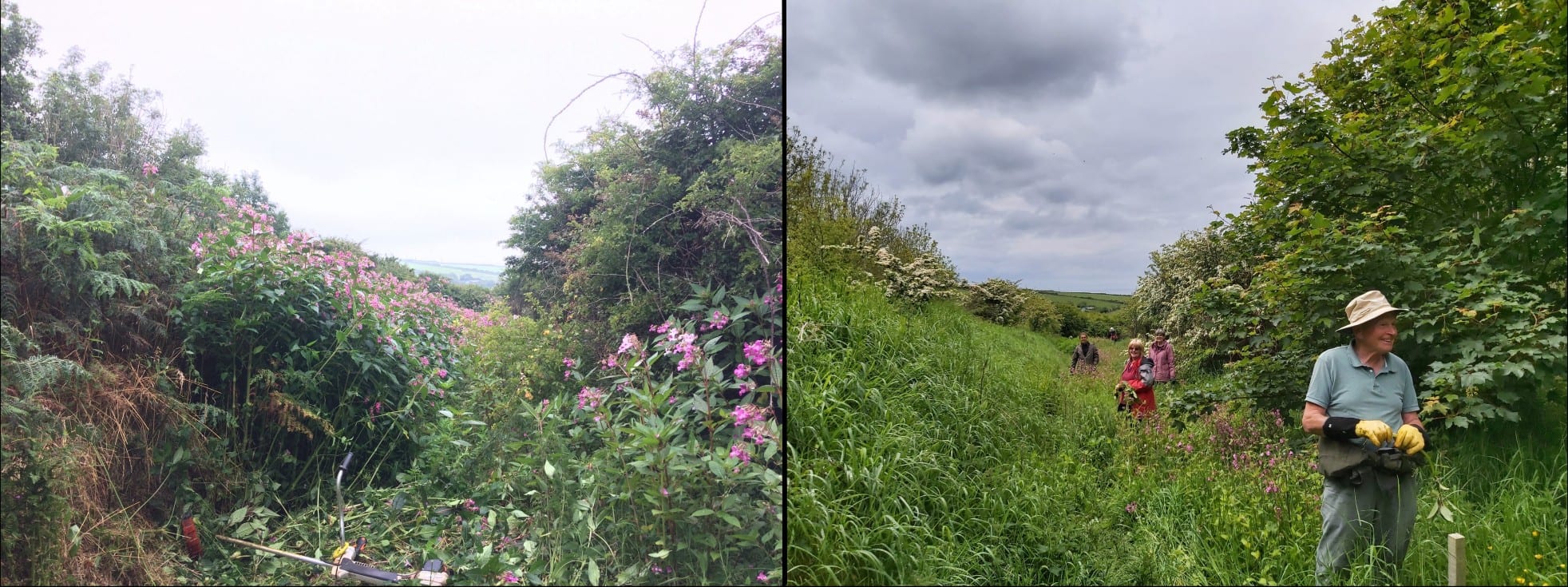
In partnership with management, local community volunteers and contractor West Wales Sustainable Woodland Services, a highly effective and consistent approach can be applied across the project areas, replicating the work in the original pilot catchment on a full site scale.
During the recent Invasive Species Week, held during the last week of May, volunteers and staff worked hard to remove Himalayan balsam from land adjacent to Penrallt Garden Centre in Moylegrove.
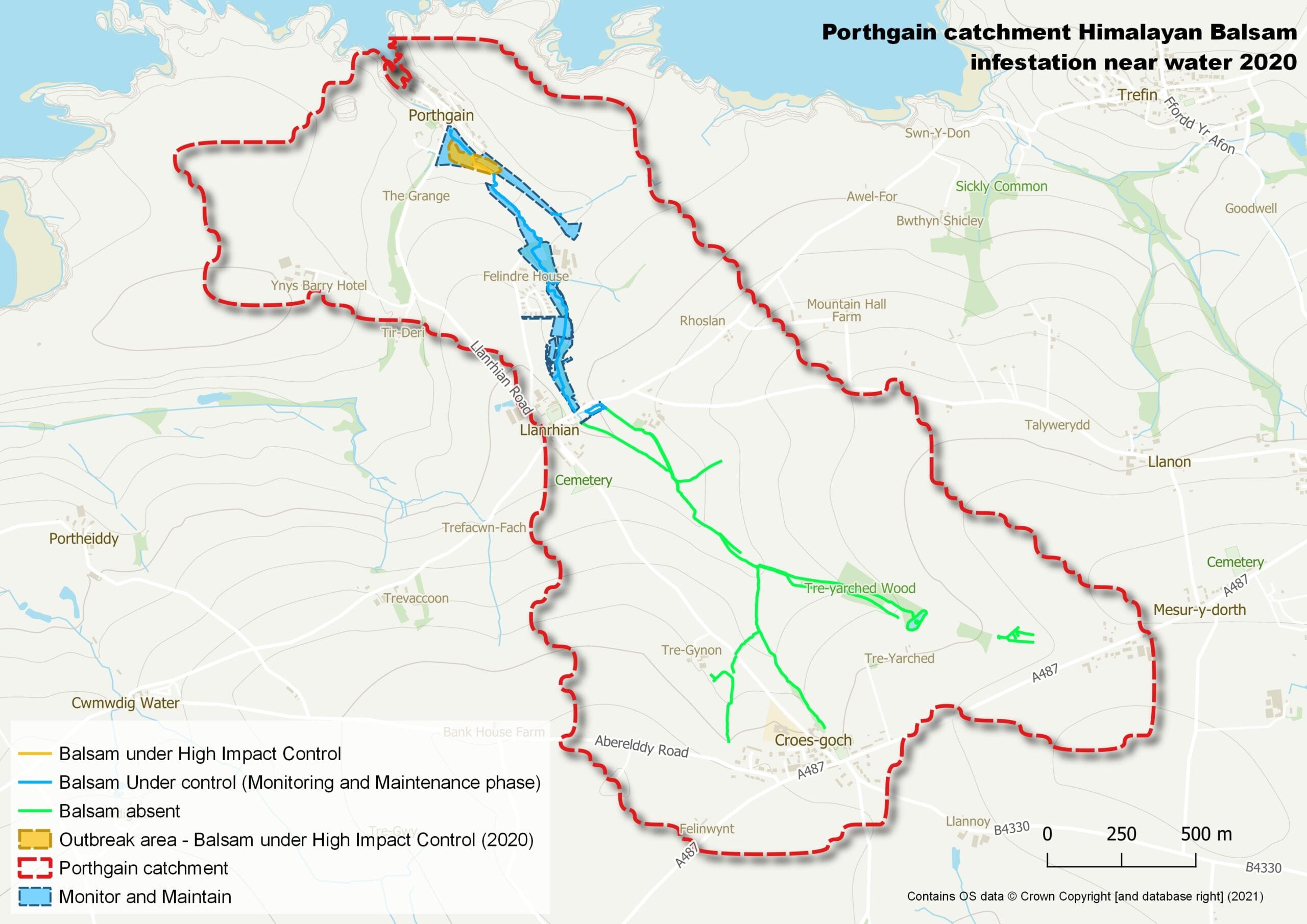
Once seen as an exotic addition to Victorian gardens, Himalayan balsam is now widely spread throughout the British Isles, thanks to its ability to discharge thousands of seeds into the surrounding landscape and nearby waterways. As an invasive non-native species it can outcompete other plants, quickly establishing a monoculture and reducing diversity across sites and even entire catchments. Himalayan balsam has also been shown to impact pollinators by diverting flight paths and reducing nutrient intake where it is the dominant resource.
The Authority’s Invasive Non Native Species Project Coordinator Matthew Tebbutt said: “A central aim of this project is to increase awareness among individuals, communities and landowners about INNS, and to build capacity to monitor the situation once this investment brings land into a more manageable state.
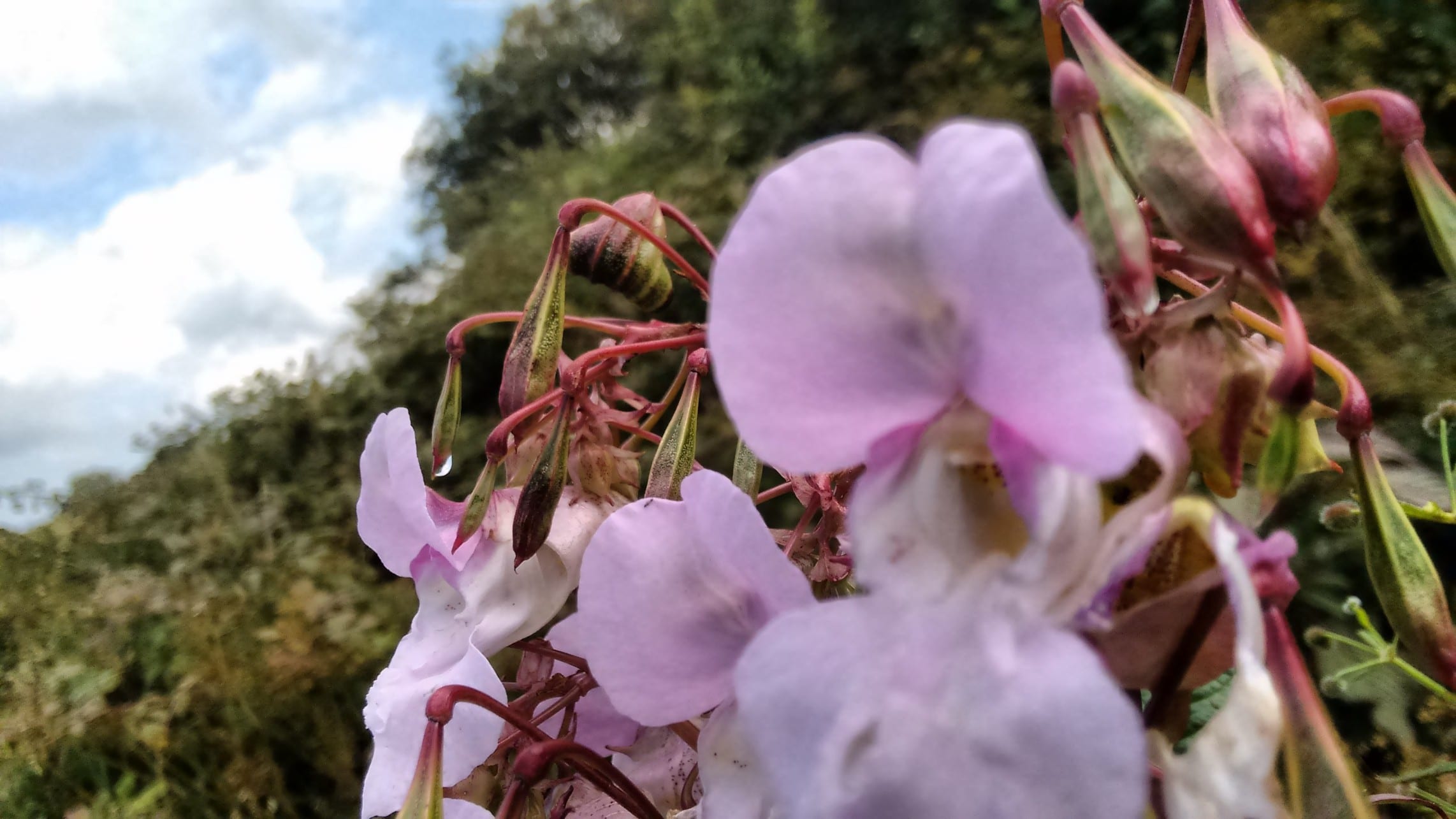
“We really need to know where Himalayan balsam is present, but also know where the plant is absent. So we’re asking members of the public, residents and visitors to get in touch with Presence and Absence records, particularly from areas near water, public footpaths and hedges, as this creates a strategic picture of a site or catchment.
“It also helps us pinpoint where to focus limited resources and ensures that re-infestation doesn’t occur, extinguishing the seed bank within a couple of seasons. We have applied this strategy successfully in the coastal catchment of Porthgain.”
This work has been made possible thanks to support from the Welsh Government’s Enabling Natural Resources and Wellbeing grant, Natural Resources Wales and a Local Places for Nature grant secured by the Park Authority.
To submit records or get advice on Invasive Species, contact Matt Tebbutt at matthewt@pembrokeshirecoast.org.uk or phone 01646 624800.
More details about the Stitch in Time project can be found at www.pembrokeshirecoast.wales/stitch-in-time.
Help keep news FREE for our readers
Supporting your local community newspaper/online news outlet is crucial now more than ever. If you believe in independent journalism, then consider making a valuable contribution by making a one-time or monthly donation. We operate in rural areas where providing unbiased news can be challenging. Read More About Supporting The West Wales Chronicle













